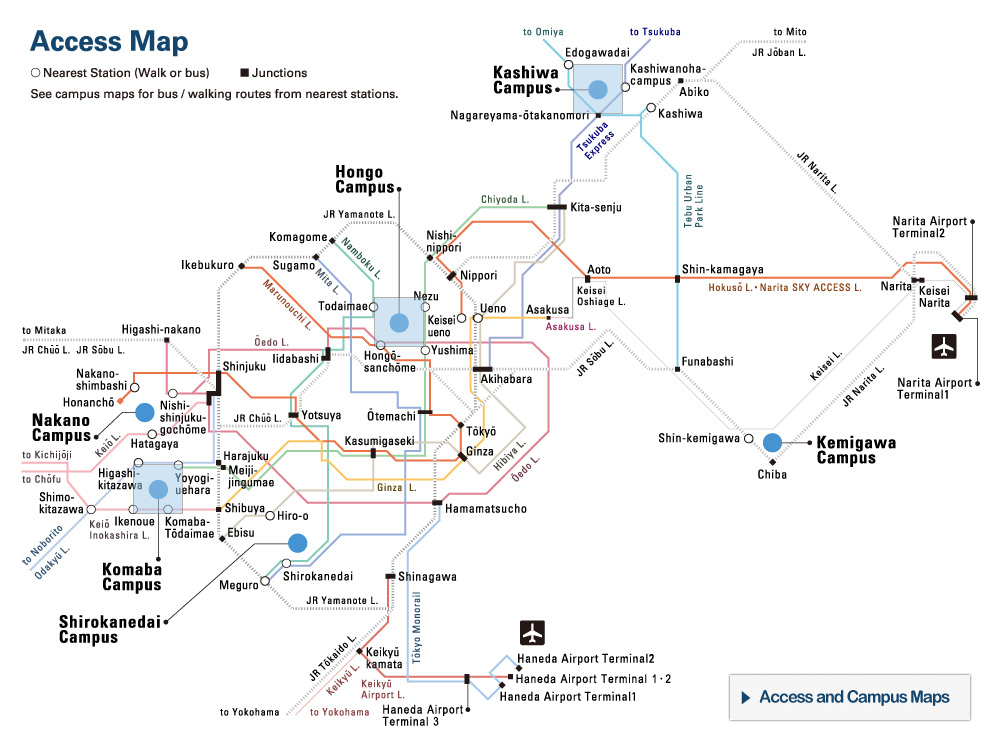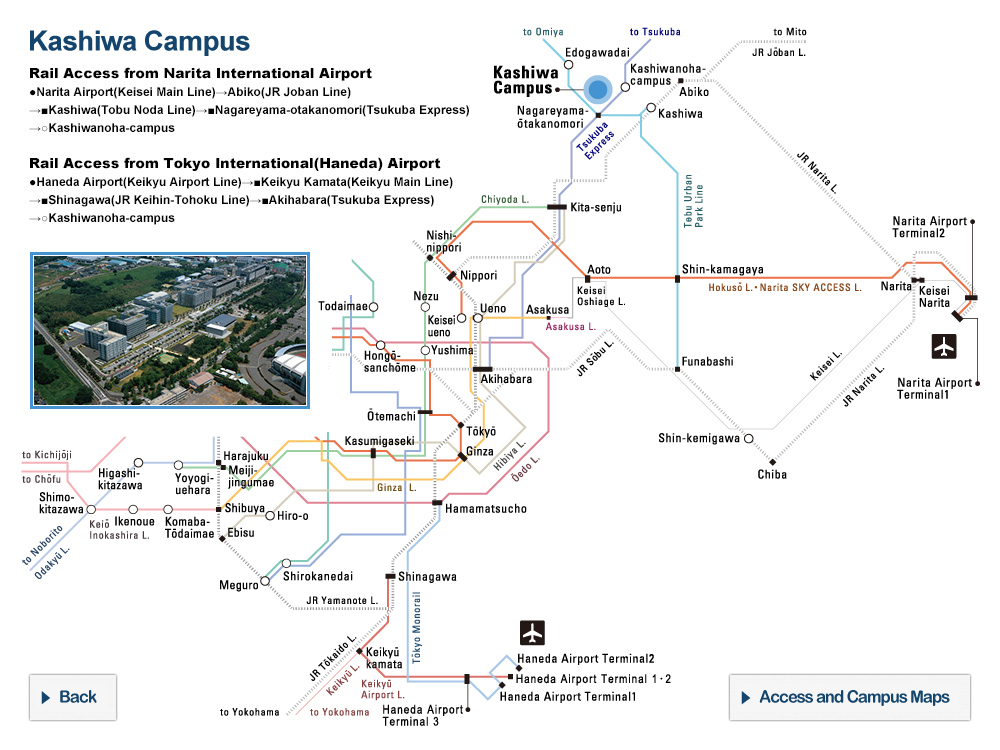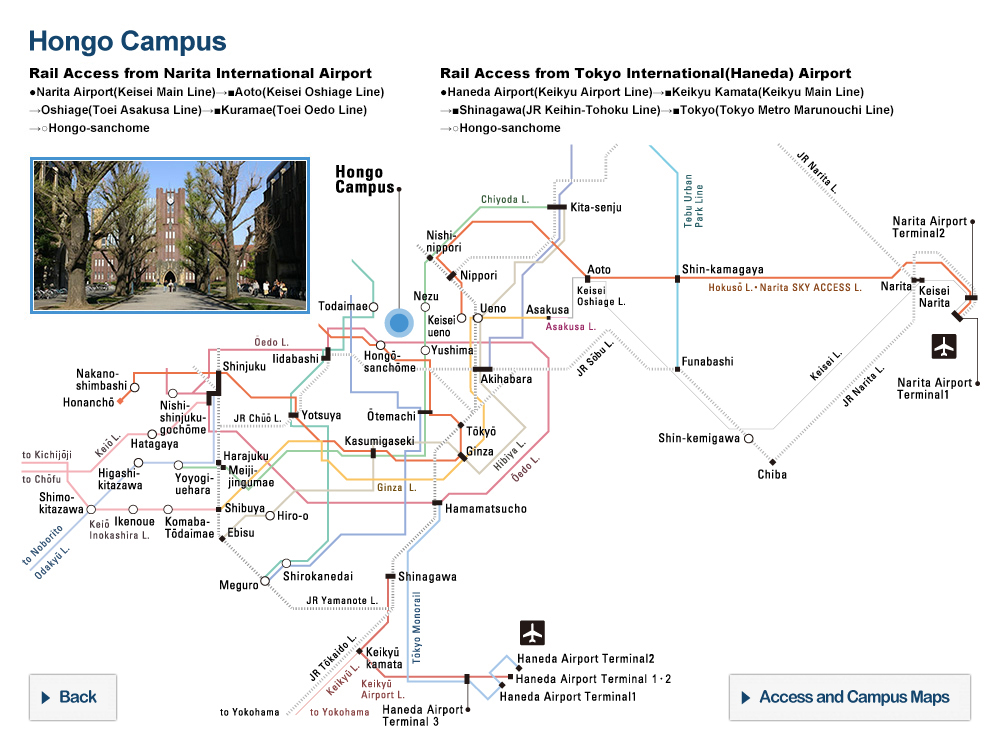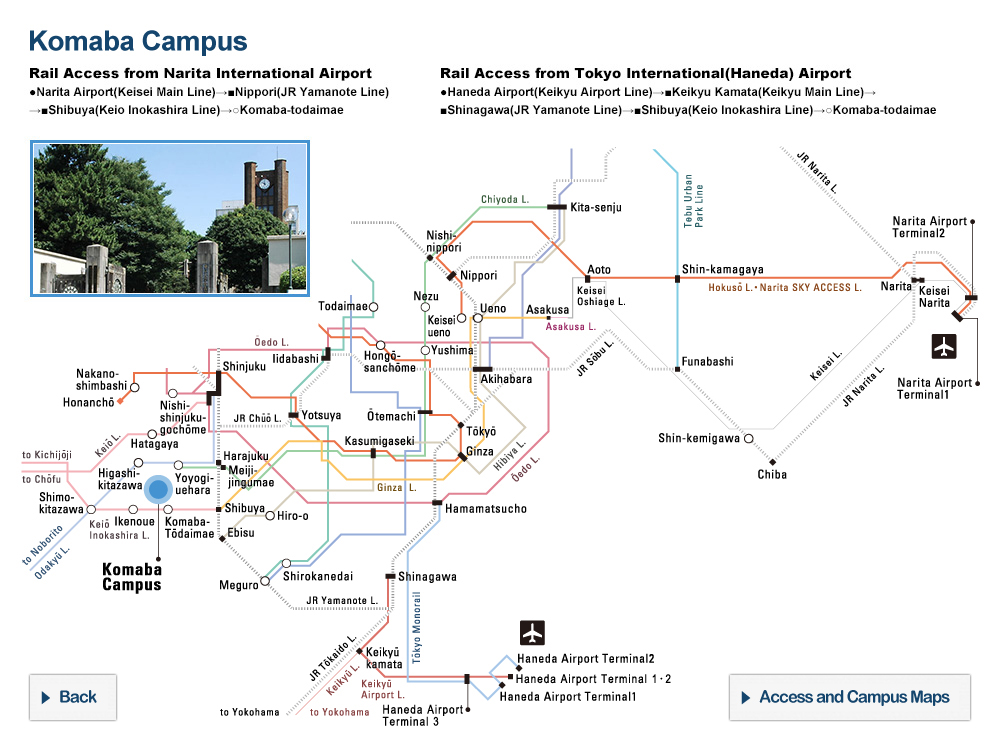Neural network behind understanding of irony and jokes Hierarchal network resolves verbal-nonverbal conflict
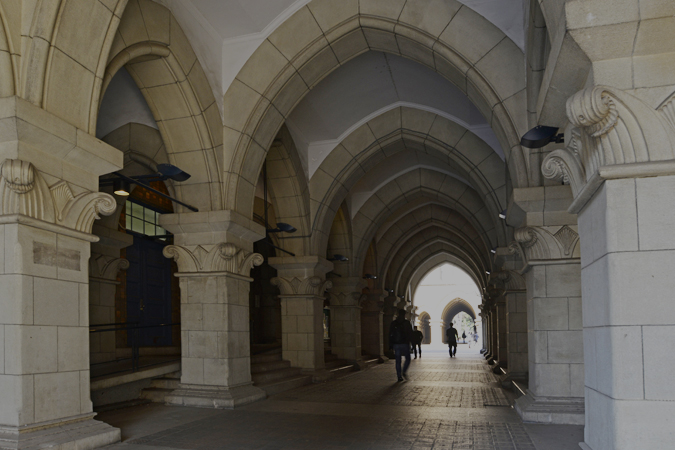
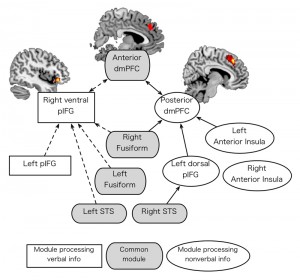
© Takamitsu Watanabe. Hierarchal neural network. Anterior dorsal medial prefrontal cortex (anterior dmPFC) controls two sub-modules each of which is used for processing of verbal and nonverbal information respectively.
Communication in human society is filled with complex expressions such as irony and jokes. We need to properly and smoothly understand such social information, the verbal and nonverbal contents of which are seemingly in conflict with each other. The present study has demonstrated that a hierarchal neural network enables this processing. The hierarchal network consists of two sub-modules, each of which is responsible for processing verbal and nonverbal contents respectively. The two sub-modules are bridged by a hub region located in the dorsal medial prefrontal cortex. Furthermore, the present study showed that the bridging hub region is activated before one of the sub-modules is activated. These findings suggest that proper and smooth understanding of verbal-nonverbal conflicting information is achieved by a hierarchal network topology with the hub region. The present results will help us to understand socio-communicational deficits that are often seen in individuals with autism spectrum disorders, and will provide insights for treatment of such psychiatric disorders. This study was conducted by Drs. Hidenori Yamasue, Takamitsu Watanabe and co-reseachers. (This study was supported by grants from the JST Strategic Basic Research Programs “CREST”, and the project of the Strategic Research Program for Brain Sciences sponsored by MEXT.)
Paper
Watanabe, T., Yahata, N., Kawakubo, Y., Inoue, H., Takano, Y., Iwashiro, N., et al.,
“Network structure underlying resolution of conflicting nonverbal and verbal social information”,
Social Cognitive and Affective Neuroscience 2013,4,2, doi: 10.1093/scan/nst046.
Article link
Links
Department of Neuropsychiatry, Graduate School of Medicine
Cognitive Psychobiology Research Group, Department of Neuropsychiatry, Graduate School of Medicine (Japanese)



